PDF chapter test TRY NOW
Our country is a home for various species and rich flora and fauna. Royal Bengal tigers, Asiatic lions and several birds are present in Indian forests. Due to environmental pollution, deforestation, habitat loss, human activities, hunting and poaching, many animal species are extinct and endangered. Some of the species doesn't exist any longer.
Flora is the plant life that occurs in a particular area.
Fauna is the animal life that occurs in a particular area.
The species that no longer exists on the earth are called extinct species.
Extinct species can be plants or animals, and an animal that no longer exists on earth are called extinct animals. No member are living on the earth.
Example:
Dinosaurs and Dodos are extinct species that lived on the earth. Other examples include Caspian tigers, Irish deer, Passenger pigeons, Giant ground sloth and Cave lions.
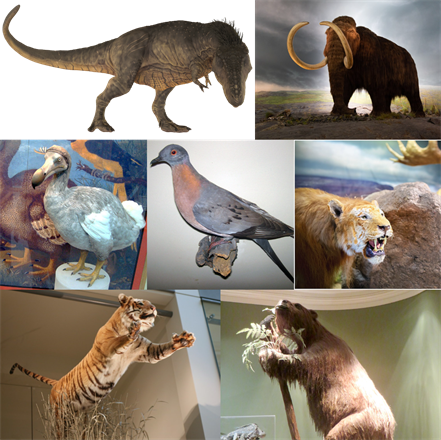
Clockwise from top: Dinosaur, Mammoth elephant, Dodo, Passenger pigeon, Cave lion, Caspian tiger, Giant ground sloth
The species of animals or plants which are considered to be at the risk of extinction are called endangered species.
They exist in a small number, and there are only a very few of them left on the planet and soon that they might get extinct.
Important!
In India, \(132\) species of plants and animals are critically endangered.
Example:
Snow leopards, Bengal tigers, Asiatic lions, purple frogs, and Indian giant squirrels are examples of endangered animals in India.
Many algae, fungi, bryophytes, ferns and the gymnosperms disappear with destruction of forest habitat. With each species getting disappeared, species that depend on them including animals and microbes disappear too as they depend on them for food and shelter.
Prawns, oysters, crabs, lobsters, octopuses, squids, cuttlefishes, dragonflies, beetles, fishes, grasshoppers and even the frogs are dying as they absorb poisonous gases through their skin. Locust is an insect that almost disappeared from India.
Animals that are rare nowadays:
| S.No | Category of animals | Animals that are getting rare |
| 1. | Reptiles | Some of the lizards, crocodiles, turtles and gharials |
| 2. | Birds | Falcons, eagles, hawks, vultures, peacocks, peahen, pigeons, and ducks |
| 3. | Mammals | Wild cats like tigers, lions, deer - chinkaras and blackbucks, chiru (Tibetan goat), musk deers, rhinoceroes, elephants, blue whales, and flying squirrels. |
| S.No | Endangered plant species in India | Endangered animal species in India |
| 1. | 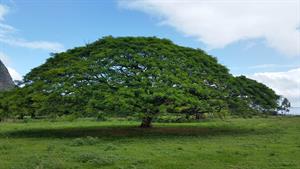 Umbrella tree | 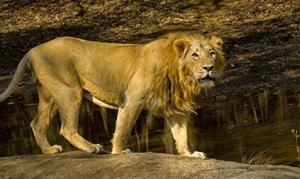 Asiatic lion |
| 2. | 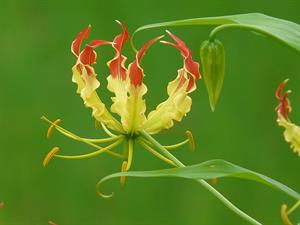 Malabar lily | 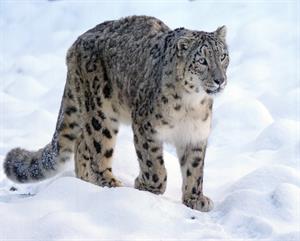 Snow leopard |
| 3. | 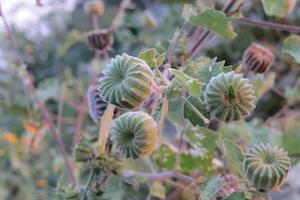 Indian mallow | 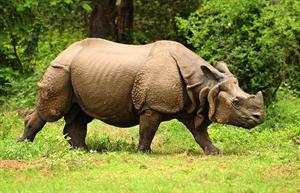 Indian rhinoceros |
| 4. | 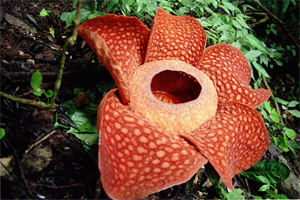 Rafflesia flower | 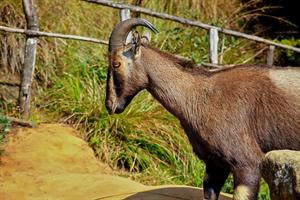 Nilgiri Tahr |
| 5. | 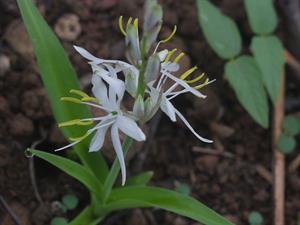 Musli plant | 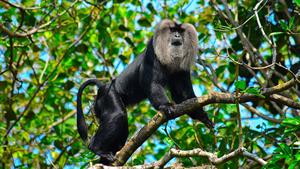 Lion-tailed macaque |
Example:
Other examples of Indian animals that are endangered include Bengal foxes, Marbled cats, Asiatic wild ass, gaurs, Wild Asiatic water buffaloes etc.
Endemic species
Species of the plants and the animals that are unique and exclusively found in a particular area are called endemic species.
The species are not present in other areas naturally. A particular species can be endemic to a zone, state or a country.
Importance of small animals in the ecosystem:
Small animals like lizards, frogs, snakes are in danger of becoming extinct much more than the larger animals. Each of the organism, whether small or large, has a unique place in the food chain which contributes to the ecosystem.
Small animals form part of the food chain and food webs that are essential for maintaining balance in the ecosystem. By killing them, there is a disturbance in the ecosystem. Animals are endangered mainly due to human activity. We need to take certain strict measures to protect them and preserve them.
